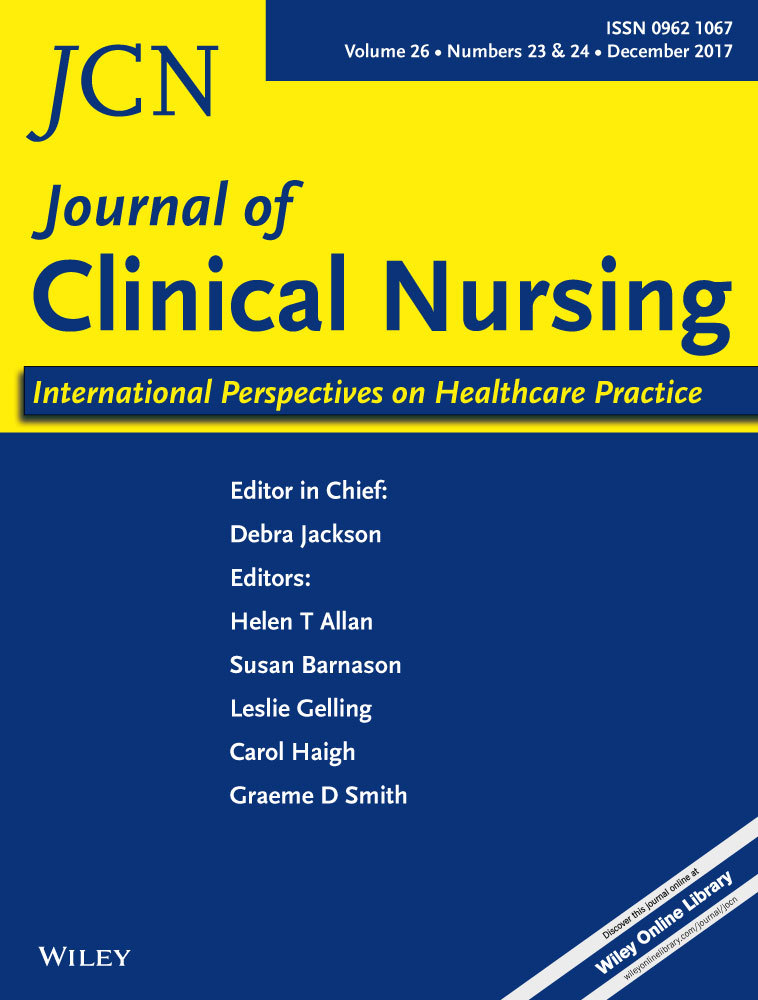A psychometric evaluation of the Chinese version of the nursing home survey on patient safety culture
Funding information
This work was funded by National Science Council (NSC 100-2314-B-037-006).
Abstract
Aims and objectives
To test the psychometric properties of the Chinese version of the Nursing Home Survey on Patient Safety Culture scale among staff in long-term care facilities.
Background
The Nursing Home Survey on Patient Safety Culture scale is a standard tool for safety culture assessment in nursing homes. Extending its application to different types of long-term care facilities and varied ethnic populations is worth pursuing.
Design
A national random survey.
Methods
A total of 306 managers and staff completed the Chinese version of the Nursing Home Survey on Patient Safety Culture scale among 30 long-term care facilities in Taiwan. Content validity and construct validity were tested by content validity index (CVI) and principal axis factor analysis (PAF) with Promax rotation. Concurrent validity was tested through correlations between the scale and two overall rating items. Reliability was computed by intraclass correlation coefficient and Cronbach's α coefficients. Statistical analyses such as descriptive, Pearson's and Spearman's rho correlations and PAF were completed.
Results
Scale-level and item-level CVIs (0.91–0.98) of the Chinese version of the Nursing Home Survey on Patient Safety Culture scale were satisfactory. Four-factor construct and merged item composition differed from the Nursing Home Survey on Patient Safety Culture scale, and it accounted for 53% of variance. Concurrent validity was evident by existing positive correlations between the scale and two overall ratings of resident safety. Cronbach's α coefficients of the subscales and the Chinese version of the Nursing Home Survey on Patient Safety Culture scale ranged from .76–.94.
Conclusions
The Chinese version of the Nursing Home Survey on Patient Safety Culture scale identified essential dimensions to reflect the important features of a patient safety culture in long-term care facilities. The researchers introduced the Chinese version of the Nursing Home Survey on Patient Safety Culture for safety culture assessment in long-term care facilities, but further testing of the reliability of the scale in a large Chinese sample and in different long-term care facilities was recommended.
Relevance to clinical practice
The Chinese version of the Nursing Home Survey on Patient Safety Culture scale was developed to increase the users’ intention towards safety culture assessment. It can identify areas for improvement, understand safety culture changes over time and evaluate the effectiveness of interventions.




